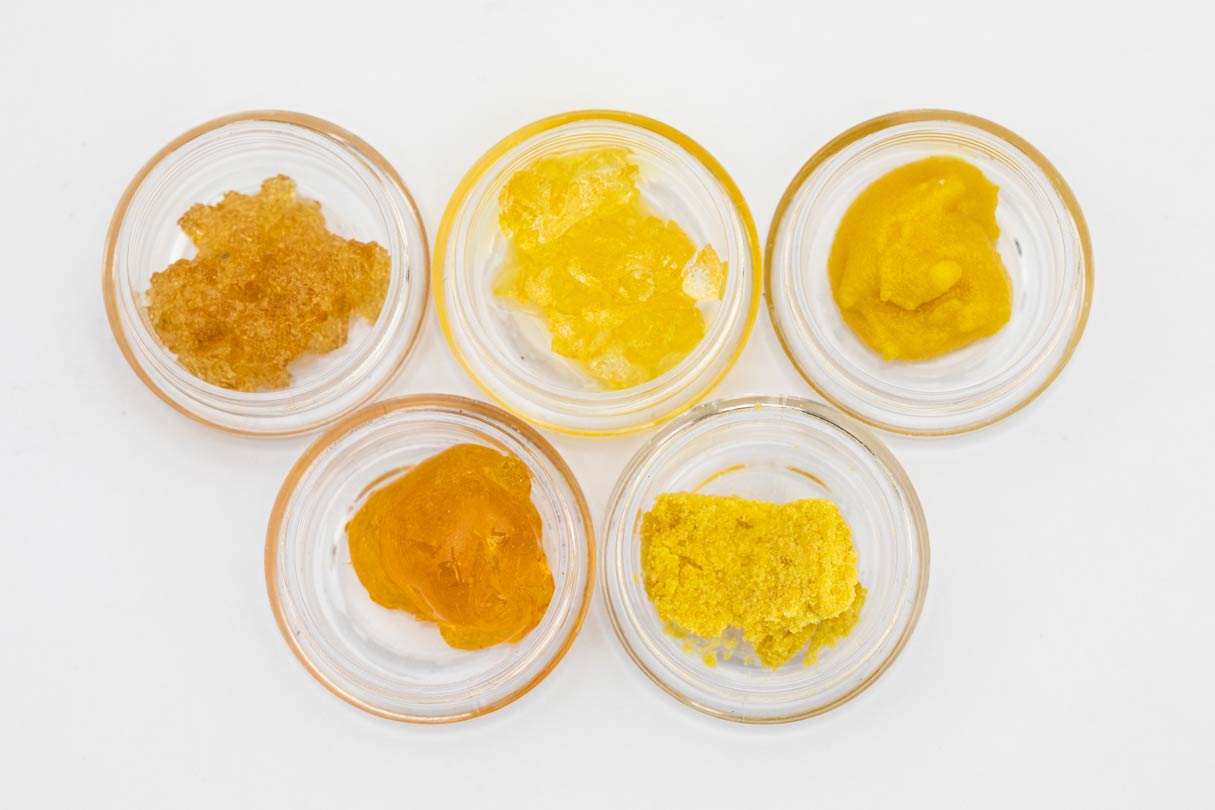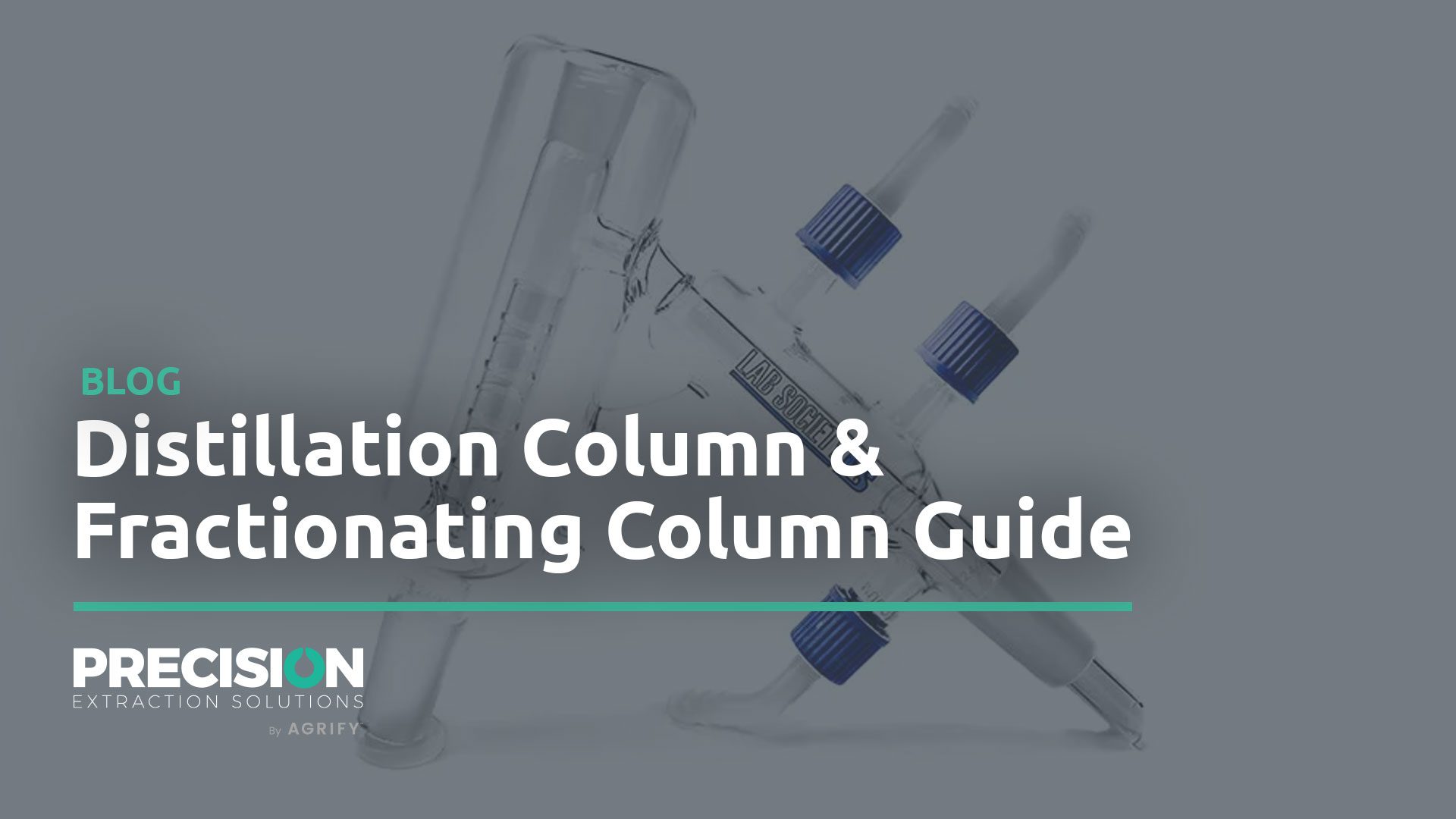
10 Steps to a Successful Cannabis Extraction Business Plan
The cannabis extraction business is hot. More than 50% of today’s legal marijuana sales are concentrates and infused products, and extracts constitute the fastest growing segment of the marketplace.
With that kind of demand, you can bet that entrepreneurs, investors, and canna businesses are flocking to get a part of the red hot market niche. However, compared to many other cannabis-based businesses, starting a cannabis extraction business plan is a rather complex proposition.
However, with the proper guidance, you can be producing extracts in record time. In this article, we will discuss the ins and outs of starting a commercial cannabis extraction lab in 10 easy to understand steps.
1. Understand Your Business Concept
A well thought out cannabis extraction business plan is vital to developing a successful operation.
What is your niche? What is your product? Who is your customer? What is your material source? How much biomass do you intend on processing per month? These, and many other inquiries, are all important considerations that should be addressed prior to moving forward with any planning.
According to Nick Tennant, co-founder of Precision Extraction Solutions, “These are often the first questions we ask of new customers. I would say that 8 out of 10 don’t know the exact answers and need guidance, we are happy to help with that.”
While many budding entrepreneurs loathe the thought of putting pen to paper writing a business plan, it is crucial to providing the key building blocks of your cannabis extraction business. Your plan will dictate:
- how large your extraction lab will be,
- what kind of equipment you choose,
- the size and layout of the labs for primary extraction and post processing
- product packaging
2. Identify the Ideal Location
Once you have a thorough grasp of your cannabis business plan, it’s time to start looking for a legal state and municipality. Different states have different extraction laws, licensing processes, and regulations. Also, some municipalities are extraction-friendly, others are not.
Pick a locale that has reasonable access to raw material for processing and is geographically convenient for properly executing your business plan.
3. Prepare Your License Applications
Once you identify your preferred locale, you’re ready to make your pitch to the local municipality for what may well be a very lucrative license. The process is usually pretty straight forward via an application process. The municipality may want to see that cannabis extraction business plan we discussed before, so it’s good to have it prepared in advance. In any event it’s good to be precise and buttoned up with the application process.
At this stage of the process, you will have to be flexible with what your municipality is requesting. From an applicant’s standpoint, it is always better to have more information so you are well prepared for any questions that might come up. This can come in the form of code standards, engineering documents, and references. Some municipalities may not have a solid grasp of extraction regulations and it may well be up to you to educate them.
You may consider retaining an experienced local attorney to help facilitate the licensing process, not only for their experience and legal acumen, but for their contacts with the local municipality personnel and the credibility an attorney provides.
4. Find Your Real Estate, Cautiously
The single biggest pitfall for aspiring cannabis extraction businesses is committing to real estate before thoroughly investigating local zoning and regulations. It is absolutely essential that your property be properly zoned and you have the blessing of your target municipality before financially committing to a property.
Whether leasing or buying, consider making your lease or purchase agreement to be contingent upon obtaining licensing.
5. Build Your Extraction Team
Now this is where we have seen many people screw up. You will need a diverse team of experts to guide you in making your vision a reality. This includes a designer, an architect, multiple engineers, a certified extraction equipment manufacturer and a project manager.
This is not a light decision to make. The extraction industry is so new and specialized that most of these professionals, including architects and engineers, are inexperienced in the vital intricacies of building a cannabis extraction lab that is not only compliant, but also meets the unique needs of your business.
Choosing the wrong team, or a wrong team member, can be very costly, in terms of both time and money. Even a two month delay can mean millions in lost revenue and strategic advantage. A lab that has poor workflow, or missing key ingredients, can be disastrous to your ongoing extraction business.
This is where a professional cannabis extraction services company comes into play. Precision Extraction is here for you, streamlining an otherwise confusing process with turn-key lab solutions that will take your extraction businesses from initial site planning to full operation.

6. Prepare for Construction & Hire a Contractor
By the time you are ready to build, you should have a full list of equipment and production processes laid out. It is your team’s job to make this vision into a final construction print. Once you have a set of stamped architectural drawings, you will be ready to hire a contractor, obtain final municipal approval and start construction.
With the solid guidance from your professional team, finding a contractor should be one of the easier parts of the process. Like for any commercial build, you should simply find a general contractor with a stellar reputation for quality and timely work.
7. Order Your Extraction Equipment
With the assistance of your team, you should already know all the equipment to purchase for your cannabis extraction business. During the lab construction, you should start ordering your equipment. Work with your equipment manufacturer to target lead times, delivery, and installation times.

8. Installation, Inspection and Field Verification
Prior to final municipal inspections, your extraction equipment will need to be installed. Upon installation, a state licensed engineer qualified to provide a field verification of your equipment and the installation will make a personal inspection. This is a usual municipal requirement and your equipment manufacturer can arrange for the field verification.
9. Final Inspections
Commonly referred to as Authority Having Jurisdiction (AHJ for short) and depending on your locality, the AHJ may be the local fire marshal or another city inspector. Your AHJ will use your engineer’s field verification of all extraction equipment installations to certify that your lab is safe and regulatory compliant. The AHJ relies on such field verification, as well as its own inspection, for the final sign off on your lab.
10. Training and Workflow
You’re now ready to go. Training of your extraction staff on basic and advanced extraction methods, workflow, efficiencies and how to produce the highest quality extract destined for your unique product is of tantamount importance. An inefficient, unknowledgeable or sloppy operator can cost you a lot of money. It’s best to get things correct, right out of the gate.
Looking for help? Precision has the equipment, experts, and training you need to launch your operation. Schedule a free consultation with a Precision expert today!








